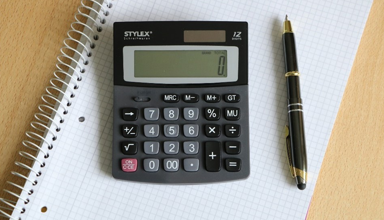The Welsh Government made a set of commitments after the 2016 election for what it wanted to achieve by the end of the Assembly term in 2021. With just over a year to go, this blog looks at how the Welsh Government sets objectives and measures progress.
How does the Welsh Government set objectives and measure outcomes?
The Welsh Government set out its priorities for this Assembly term in its initial Programme for Government in 2016, Taking Wales Forward. This included 121 commitments for what it wanted to achieve over the next five years.
In 2017, the Welsh Government decided to set those key commitments within a ‘long-term context’ and set out ‘how they fit with the work of the wider Welsh public service’. It did this through a national strategy, Prosperity for All. The strategy set out 12 well-being objectives and commitments on what the Welsh Government would do to achieve each one.
The Welsh Government produces annual reports on the Programme for Government. These reports chart progress against the Prosperity for All commitments. The latest report was published on 31 January. An annex to the report sets out what progress the Welsh Government has made against each commitment.
Under the Well-Being of Future Generations Act 2015 , the Welsh Government also has to report every year on progress towards the seven statutory well-being goals (as distinct from its own 12 well-being objectives). It does this through the National Well-Being Indicators – statistics tracking well-being indicators ranging from life expectancy to numbers of Welsh speakers. However, the Welsh Government does not seek to measure the impact of government spending or policy on those outcomes. Nor does it set targets for progress on each outcome. In 2016, the Welsh Government explained that ‘these are indicators that measure the whole of Wales, and are not just for the Welsh Government.’
Within this overall framework, the Welsh Government also sets objectives for itself and reports outcomes in other places, including through its equality objectives and the annual budget.
What has the Assembly said about how the Welsh Government reports on progress?
Assembly committees have called on the Welsh Government to be clearer on how it integrates its objectives into decision-making and measures the impact of those decisions on outcomes.
The Public Accounts Committee scrutinises the Welsh Government’s accounts each year. In its Scrutiny of Accounts 2017-18 Report [1MB], the Committee concluded that the accounts for the following year should ‘as a minimum’ set out ‘how the money has been spent and what it has achieved, with reference to the targets set by Welsh Ministers and the Welsh Government, as well as performance against them’. It added that this should include ‘an analysis of spend against the aims of Prosperity for All’. As part of its scrutiny of the draft budget for 2020-21 [3.2MB], the Finance Committee recommended that the Welsh Government should better integrate the well-being goals into the presentation of the budget.
How does the Welsh Government set out its legislative objectives?
Separately from the Programme for Government, the Welsh Government sets out its plans for the new legislation it wants to introduce each year. It updates the Assembly on these plans every summer.
In the July 2019 update, the First Minister set out the Bills that the Welsh Government wanted to bring forward before the end of the Assembly term. Yet to be introduced are Bills to:
- improve bus services and help integrate public transport
- establish a new school curriculum
- set up a tertiary education and research commission to replace the higher education funding council
- set out social partnership arrangements in law
The other Bills announced by the First Minister are now going through the Assembly or have already become law.
Next steps
The Assembly will debate the Programme for Government annual report and the Legislative Programme on 11 February. You can watch it live on Senedd.tv.
Article by Lucy Valsamidis, Senedd Research, National Assembly for Wales






